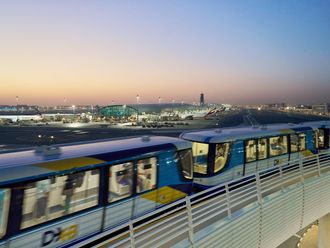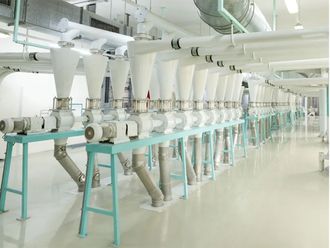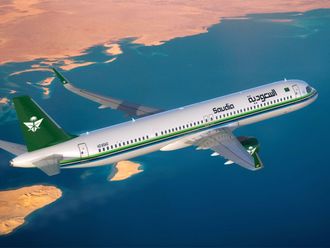Sydney: Qantas Airways likely faces several more weeks before its fleet of six Airbus A380s can return to service, a source with direct knowledge said yesterday, threatening to squeeze its capacity as it heads into the busy Christmas and summer holiday season.
The delay also indicates Rolls-Royce will need more time than Qantas expected to resolve the engine issue, which led to a November 4 oil fire and explosion on a Qantas jet with 466 people on board shortly after it departed Singapore for Sydney.
Qantas immediately grounded its fleet of Airbus A380s pending an investigation, but has no deadline on the process after several initial indicative deadlines by the airline passed.
"It's a very complex process and it's still in the early stages," said the source.
"I expect Rolls-Royce and Qantas are still several weeks away from putting together an action plan and its documentation," said the source, who asked not to be named because they were not authorised to discuss the issue.
Rolls-Royce and Qantas shares have suffered since the accident, both losing more than 7 per cent since November 3. Rolls-Royce last week announced that the failure was confined to a specific component in the turbine area and it would replace the relevant module according to an agreed programme.
No time schedule
A Qantas spokeswoman said the airline had no time schedule to put the A380 back in service and it remained engaged with Rolls-Royce to resolve the issue.
Analysts said the earnings impact on Qantas — which lost about 4-5 per cent of its seat capacity with the A380 grounding — has been muted so far with a cost of around $1 million per day.
Disruption to flights caused by volcanic ash over Europe earlier this year cost A$46 million through lost revenue and extra costs, Qantas has said.
Still, analysts said costs will escalate quickly if Qantas cannot get the A380s back in the air for the busy southern hemisphere summer travel period which starts next month.
Australia's aviation safety authority ATSB also declined to discuss the investigation. "The ATSB welcomes pro-active safety initiatives in response to the occurrence, but any decision on engine replacement is one for respective airline operators, manufacturers and airworthiness authorities," it said in a statement.
Australia's Civil Aviation Safety Authority will have to make a final approval before Qantas is able to resume flying the A380.
Problematic part was being replaced
A Lufthansa spokesman says Rolls-Royce was changing a problematic part on new models of its engine for the world's largest jetliner months before one caught fire and blew apart over Indonesia.
The chief executive of Qantas also said Rolls-Royce had made modifications to the Trent 900 engine without telling the airline or Airbus, which makes the A380 superjumbo.
The two officials' remarks were the strongest indication yet that Rolls-Royce was addressing a defect in the massive Trent 900 engine well before the accident.












